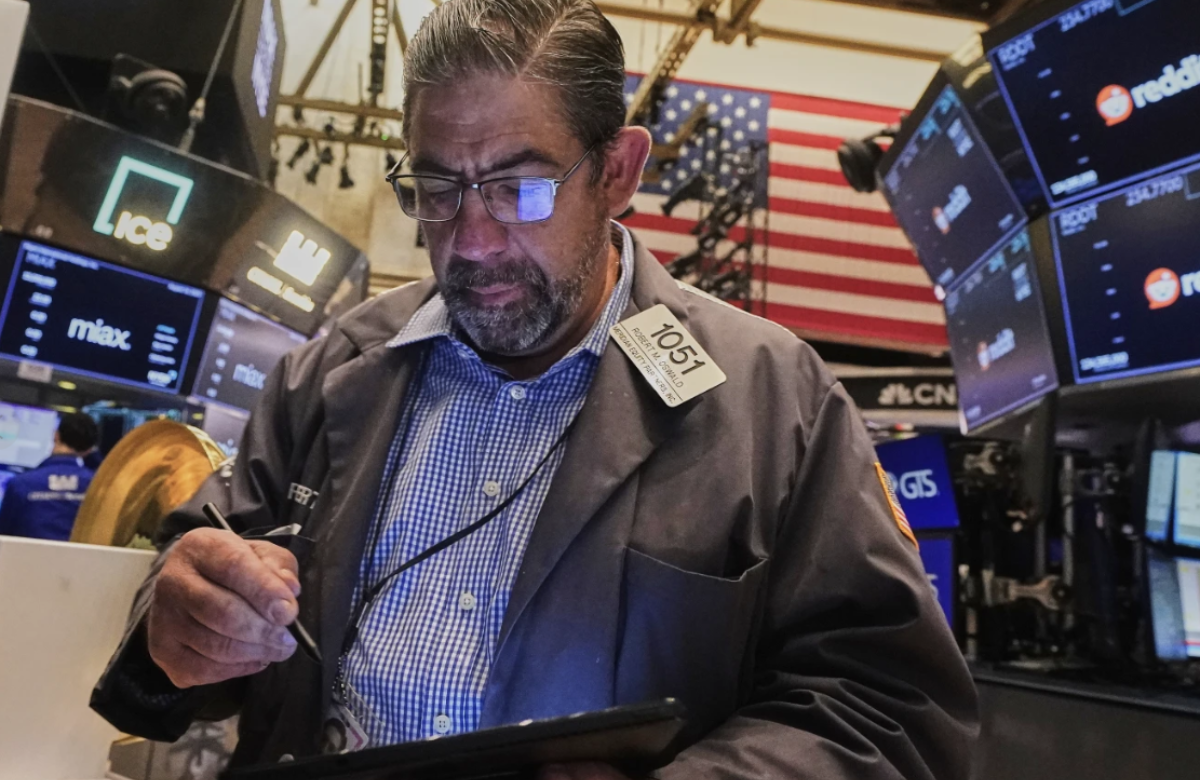Applications for unemployment benefits in the U.S. remained unchanged last week, signaling ongoing strength in the labor market even as uncertainties linger over the impact of President Donald Trump’s tariffs on the broader economy.
The Labor Department reported Thursday that 229,000 people filed for jobless claims during the week ending May 10, matching analysts’ expectations. Weekly claims, a key indicator of layoffs, have hovered in a stable range between 200,000 and 250,000 in recent years, following the massive disruptions caused by the COVID-19 pandemic five years ago.
While President Trump has pulled back or delayed several proposed tariffs, economists remain cautious about the potential for a global slowdown to undercut the U.S. labor market—long seen as a key driver of economic resilience.
The Federal Reserve, for its part, left its benchmark interest rate unchanged at 4.3% for a third straight meeting. This follows a series of rate cuts last year. Fed Chair Jerome Powell acknowledged that risks of both rising unemployment and inflation are mounting—an uncommon mix that complicates efforts to balance economic growth and price stability.
Powell noted that while tariffs have affected business and consumer sentiment, broader economic indicators haven’t yet reflected major disruption.
In a separate development, the government reported Thursday that wholesale inflation declined in April for the first time in over a year. However, consumer spending weakened in the same month after a surge in March, when shoppers stocked up on goods in anticipation of higher prices due to new import taxes.
Earlier this week, financial markets got a boost after the U.S. and China agreed to a 90-day pause in their ongoing trade conflict, easing concerns about escalating tariffs.
President Trump has made aggressive tariffs a central part of his strategy to revitalize U.S. manufacturing. But signs of strain are emerging. The U.S. economy contracted by 0.3% annually in the first quarter, in part due to a rush of imports ahead of the new tariffs. Business activity was also disrupted by rising trade tensions.
In addition, Trump’s broader plan to reduce the size of the federal government is beginning to take shape. The Department of Government Efficiency, led by Tesla CEO Elon Musk, has begun implementing workforce cuts, although many of these changes are currently facing legal challenges. Some impacts are already being felt beyond Washington, D.C.
Despite these shifts, the job market remains largely healthy. Earlier this month, the government reported that employers added 177,000 jobs in April, with the unemployment rate holding steady at 4.2%.
Still, economists caution that the true effects of the trade war may yet take hold. Some large employers have already begun downsizing. Microsoft recently laid off around 6,000 workers—about 3% of its workforce—as it ramps up investments in artificial intelligence. Other major companies announcing layoffs this year include Meta (Facebook’s parent company), Starbucks, CNN, Southwest Airlines, Dow, and Workday.
The Labor Department also noted that the four-week moving average for jobless claims, which helps smooth out volatility, increased slightly to 230,500. Meanwhile, the total number of Americans receiving unemployment benefits rose by 9,000 to 1.88 million for the week ending May 3.














